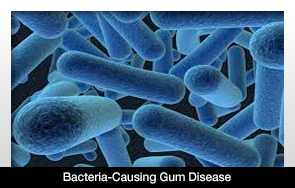 |
A University of Louisville research team may have made a breakthrough it aiding dry mouth.
The findings of Douglas Darling, PhD, professor, Department of Oral Health and Rehabilitation, University of Louisville School of Dentistry could help people whose salivary glands don’t function because of a disease or some form of treatment. The research team pinpointed a protein-sorting mechanism that the salivary gland uses.
The study is published on the Web site for the Journal of Dental Research.
This information could lead to more research for patients with damaged salivary glands, which often result from any kind of radiation treatment, prescription drugs or Sjogren’s Syndrome. Sjogren’s Syndrome is an immune system disorder that results in a dry mouth and dry eyes.
Saliva and the salivary glands are an essential part of beginning the digestion process in the mouth, as well as lubricating the mouth. The parotid saliva gland, the largest of the salivary glands, secretes proteins into the saliva. Since the salivary glands have multiple secretion pathways, the proteins must be steered toward the proper secretion pathway.
One of the pathways leads the saliva to the salivary duct, while others carry protein to the back side of the cell where it gets secreted into the blood to form a supportive matrix.
The accepted belief was that these proteins move into the forming vesicles because they have the ability to connect to sorting receptor proteins. The research team managed to demonstrate a new approach, which states that the reason no salivary sorting receptor protein has ever been discovered is because it doesn’t exist.
The Parotid Secretory Protein, which is the salivary cargo protein, binds directly to a rare lipid, PtdIns(3,4)P2, according to Darling. This lipid only exists in specific cell membranes and it’s only on one side of the membrane. The lipid can also flip to the inner part of the vesicle membrane, which gives the PSP the chance to bind to it.
To confirm this new finding, the research team needs to locate the molecular components used for flipping PtdIns(3,4)P2. The team also needs to create ways to manipulate the protein sorting mechanism.

|










